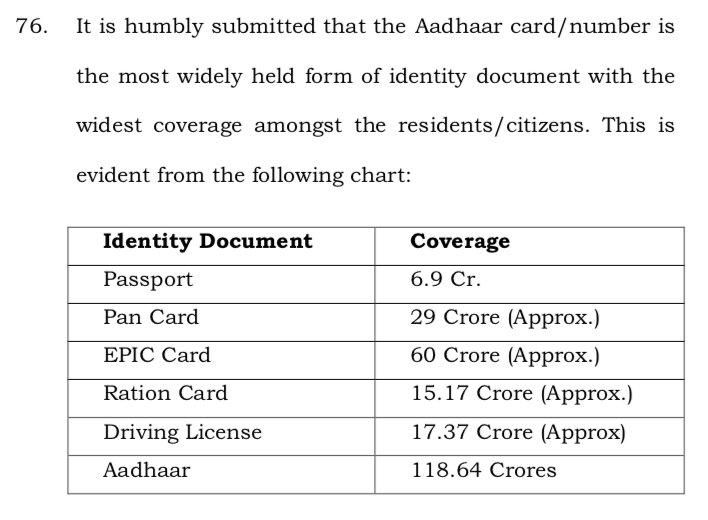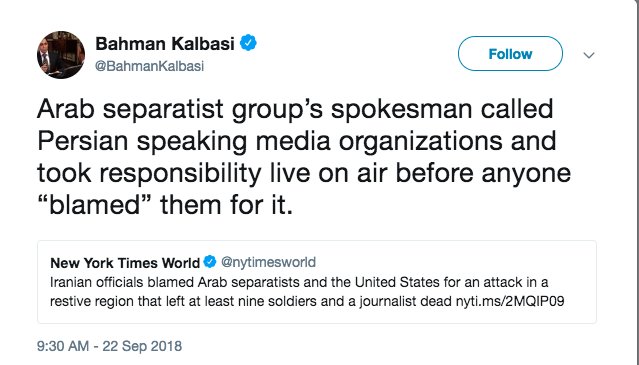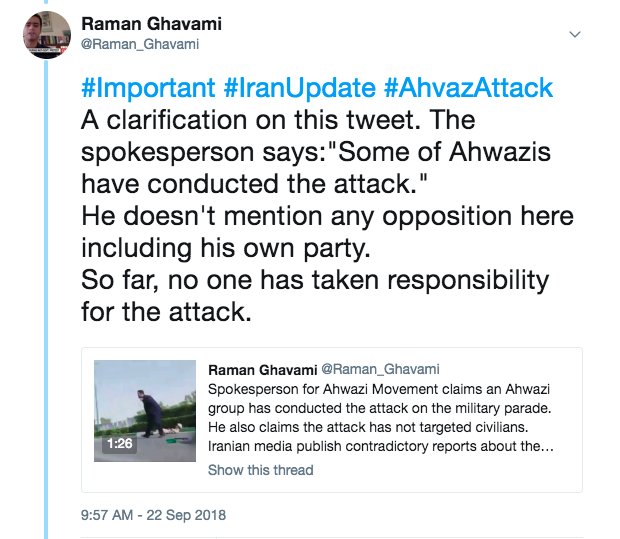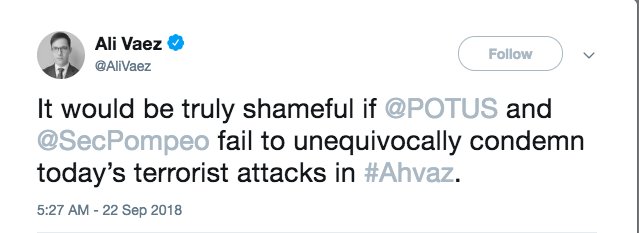#tvpiratehistory
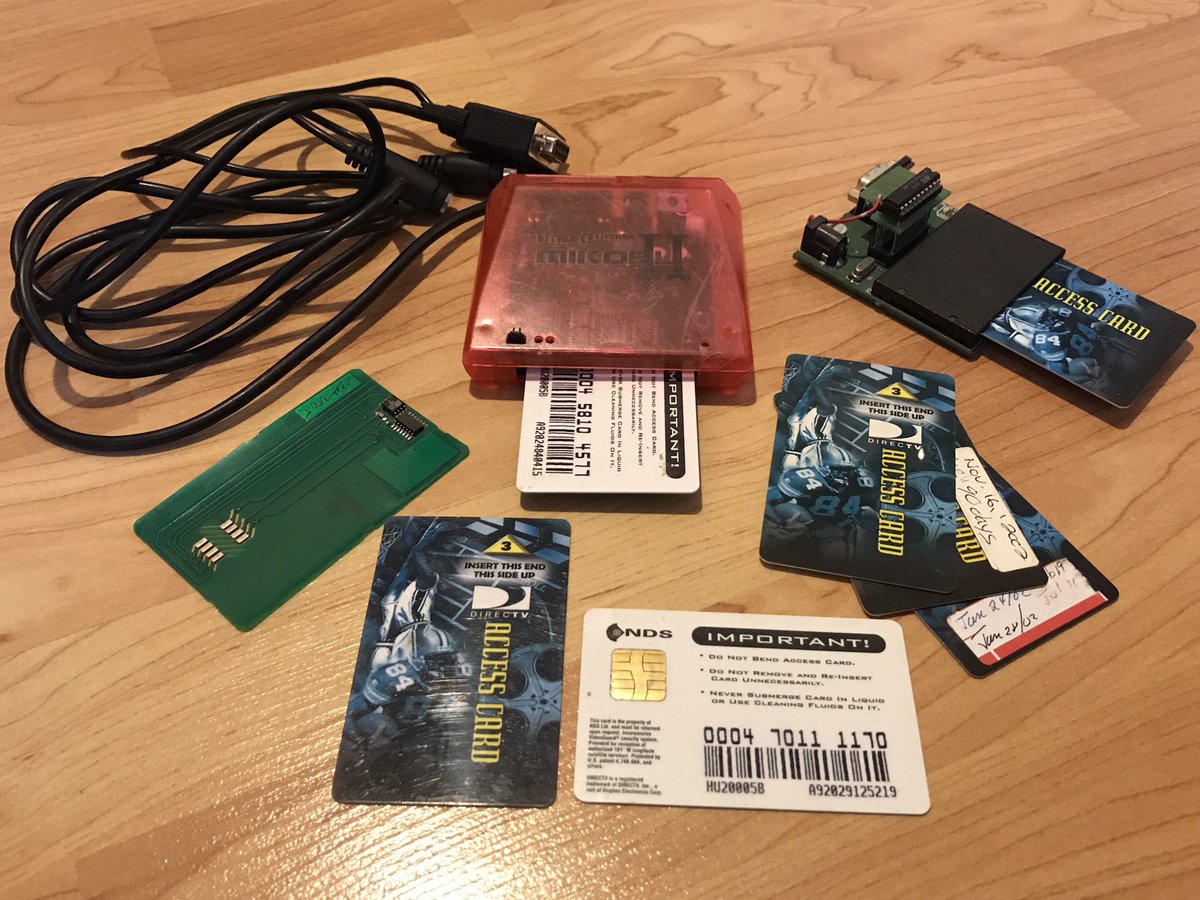
web.archive.org/web/2001062320…
web.archive.org/web/2005010203…
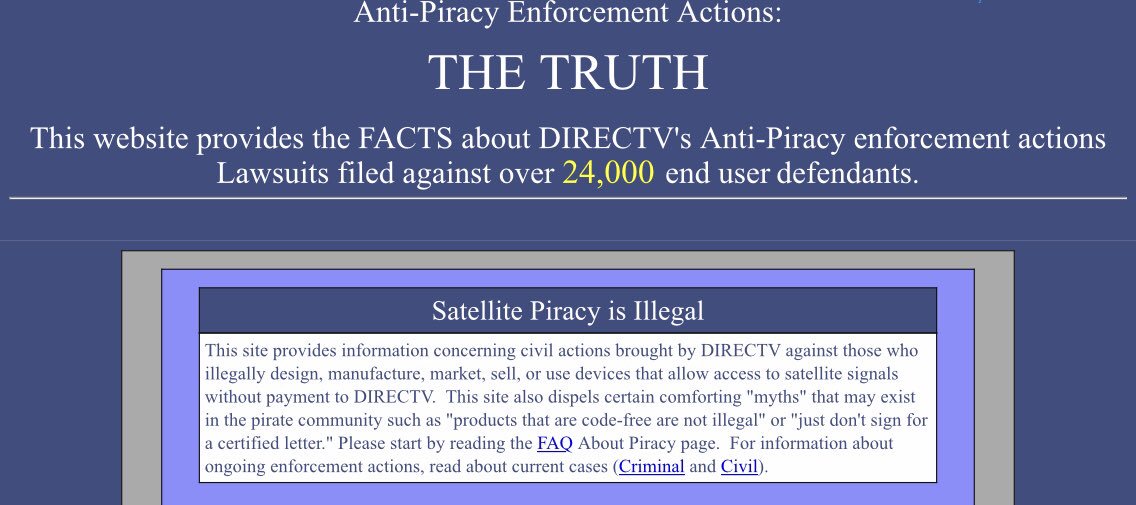
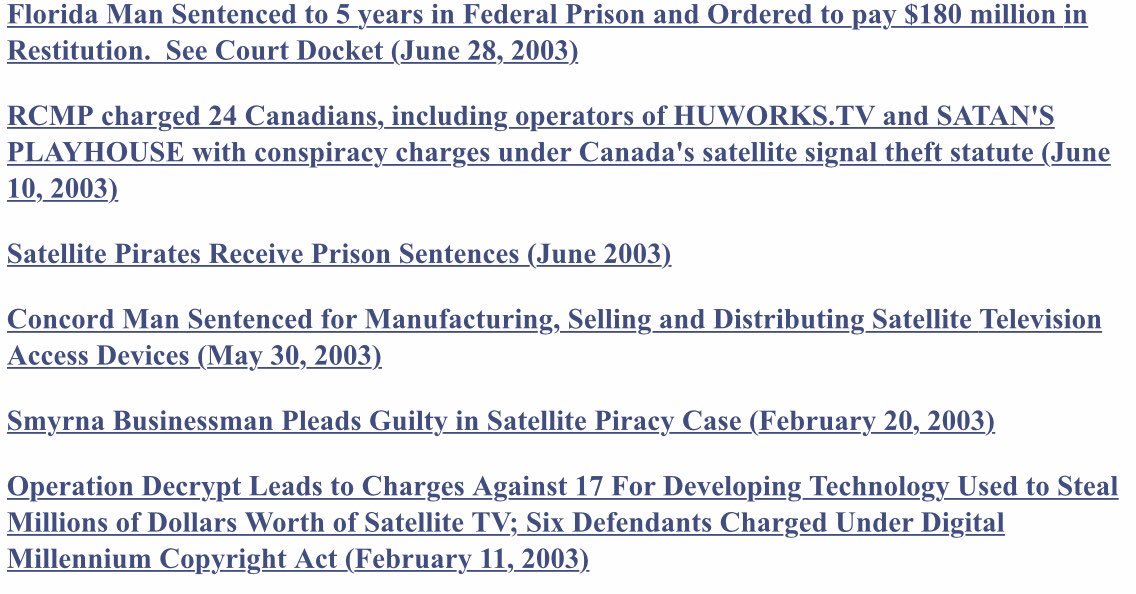
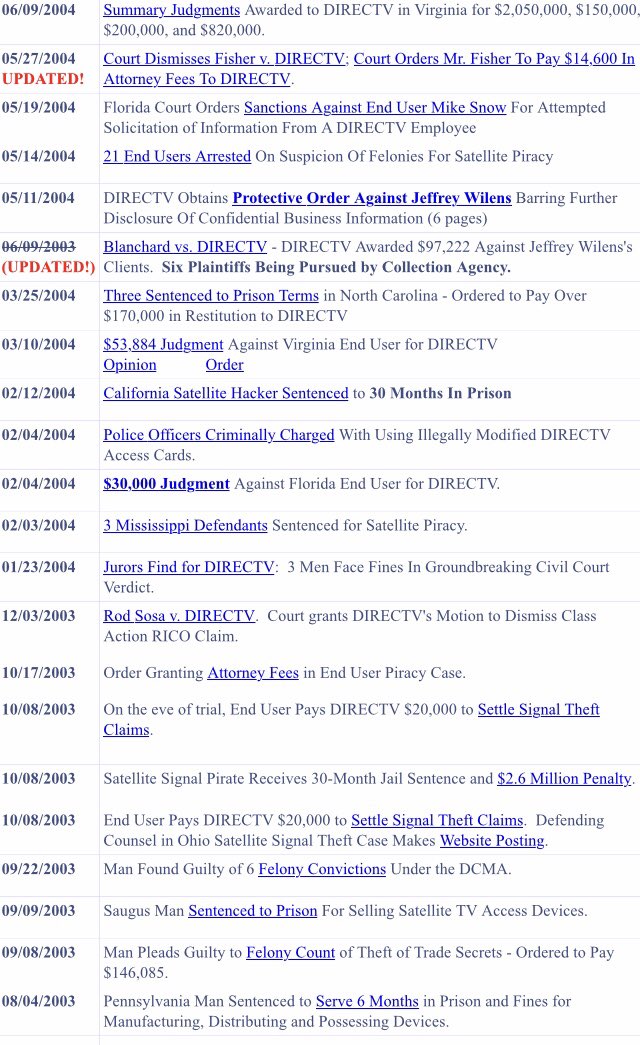
I have been telling other stories from the satellite piracy days of the 90s/2000s - you can find links to other stories in this thread:




Get real-time email alerts when new unrolls are available from this author!
Twitter may remove this content at anytime, convert it as a PDF, save and print for later use!

1) Follow Thread Reader App on Twitter so you can easily mention us!
2) Go to a Twitter thread (series of Tweets by the same owner) and mention us with a keyword "unroll"
@threadreaderapp unroll
You can practice here first or read more on our help page!

